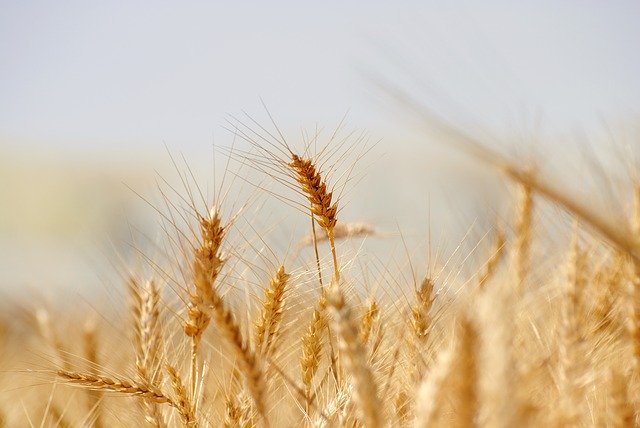
Drought continues in key wheat producing states and flood risks stall northern regions from planting. U.S. Wheat Associates President Vince Peterson says it doesn’t bode well for this year’s wheat yield.
“We really thought this was going to be our turnaround year,” Peterson says, noting the U.S. has already faced two drought years in a row. “This year we had a bigger planted area go into the ground… we had high hope for the spring wheat, and now we’ve had eight or nine months of straight drought.”
He says one producer in the Great Plains region says they had one inch of rain in April since last September. While Peterson notes this isn’t a nationwide or universal problem, it’s causing a lot of stress in the hard red winter wheat area. Meanwhile, in the Dakotas and Minnesota, the record snow is delaying spring wheat planting.
“We’re probably going to have modest crop. It won’t be a barn buster,” Peterson says. “Prices are not bad though right now.”
In the global market, the U.S. has had higher wheat prices. But both domestic demand and demand from neighboring countries are strong. Peterson says the U.S. is No. 4 in the world for wheat exports. Mexico and Latin America are the strongest export markets. He says markets will pay for the more expensive U.S. wheat because of its quality, baking performance, reliable source of supply and no political disruptions.
Meanwhile, U.S. Wheat Associates are working on positioning U.S. wheat as a food ingredient commodity versus a bulk product. To get there, Peterson says wheat needs to invest in technology. He says wheat has been behind corn and soybeans in technological advancements, such as gene editing or hybridization. These types of technologies could aid wheat in becoming more resistant to drought, disease and pests.

Leave a Reply